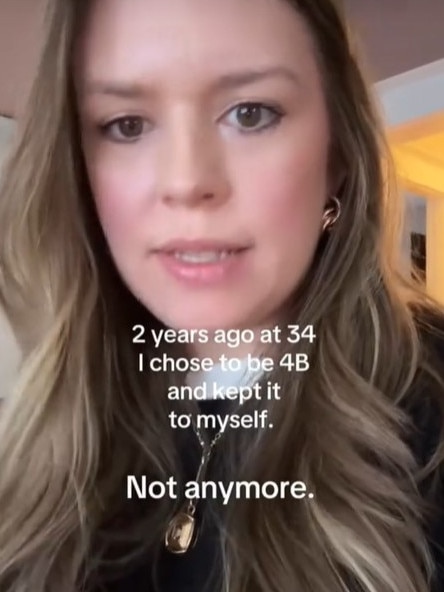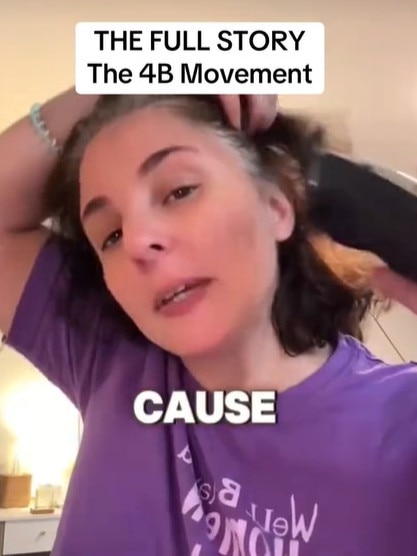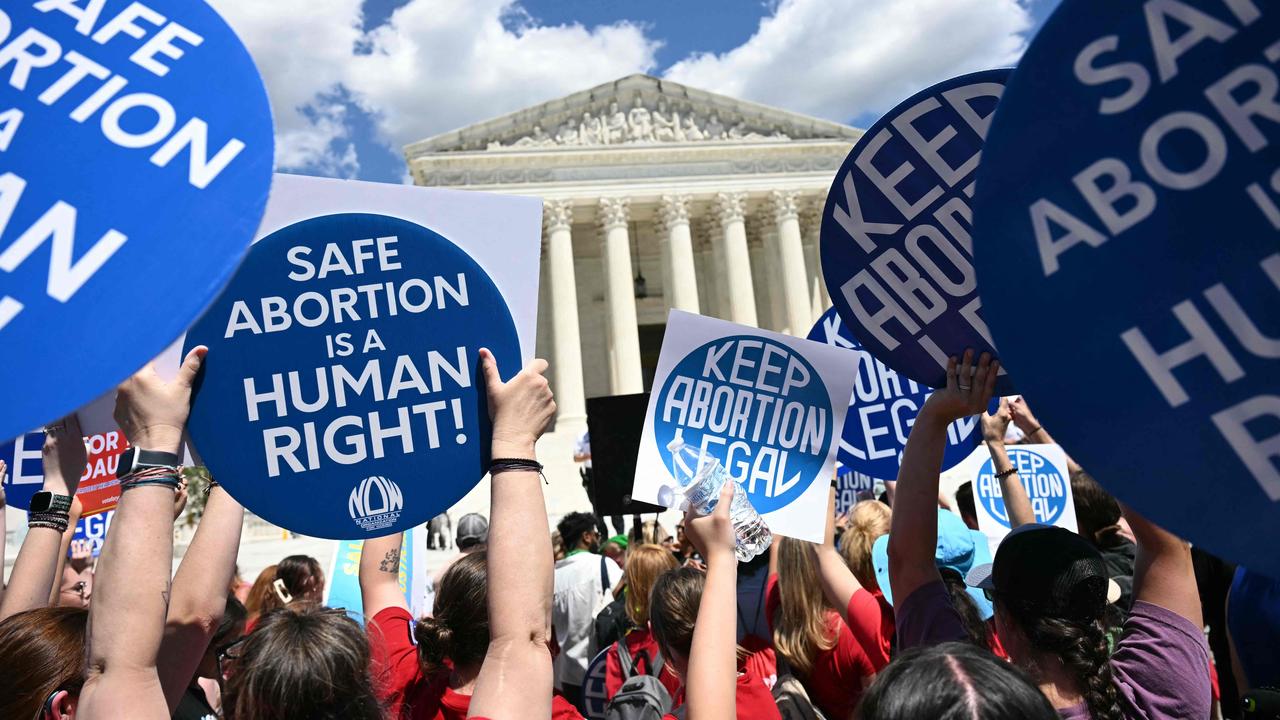Explained: Inside the viral 4B movement spreading on social media
Young women around the world are signing up to the 4B movement, turning their back on traditional relationships. Here’s what triggered the uprising.
SA Weekend
Don't miss out on the headlines from SA Weekend. Followed categories will be added to My News.
No sex. No dating. No marriage. No children. These are the four pillars of a viral movement spreading across social media right now. Originally from South Korea, the 4B movement is all about pushing back on expected gender roles, and while it might sound radical, it is getting the attention of women around the world.
In Korean “B” is shorthand for the word bi, meaning no, with the 4B movement rejecting four major Bs: bihon, which is marriage; bichulsan as in childbirth; biyeonae is dating; and lastly sex as bisekseu.
The uprising is said to have been triggered by a surge of online misogyny and threats of violence towards women from men, especially since Donald Trump’s election win in the US in early November.
Following Trump’s victory, one woman took to TikTok to post a video captioned: “Doing my part as an American woman by breaking up with my Republican boyfriend last night and officially joining the 4B movement this morning.”
She’s hardly alone. The movement has spread like wildfire across the internet, with millions of views on TikTok and Instagram. And there’s also been a whopping 600 per cent search of the term in Google in just weeks.

The origins of 4B
While 4B is very much front and centre on social media right now, it actually began in South Korea in 2015, primarily among feminist users on Twitter in conjunction with South Korea’s Me Too movement.
In May 2016, the nation was shocked by the senseless killing of a woman in a train station toilet in Seoul, picked at random by a man who later claimed to have been “ignored” by women his whole life.
Korean women began turning to social media to vent their frustrations, sharing their experiences of sexual violence, and organising nationwide protests against misogyny-driven violence.
The walls of the Gangnam Station were covered in multi-coloured Post-it notes with sobering messages of grief, anger and heartbreak, including one which read: ‘It was misogyny that killed her.’
The 4B movement has continuously evolved since, with its main proponents, Jung Se-young and Baeck Ha-na, attracting around 4000 members in the country alone. And 4B has been credited with fuelling many changes relating to gender inequality in South Korea.


Fighting gender inequality
In 2016, 4B activists also slammed a government-backed scheme aimed at getting more women to give birth. South Korea has one of the lowest birth rates of any country in the world.
An online National Birth Map visualised the number of women aged between 15 and 49 (child-bearing age) by city district, represented by pink dots.
This sparked an outcry from 4B backers, slamming the government for shaming women for not having babies, with critics proclaiming a “woman is not a baby-making machine.”
It didn’t stop there.
In 2018, 4B shifted gears and the focus was on the Tal-Corset (escape the corset) movement. It encouraged women to take a stand against the country’s demanding beauty standards by destroying makeup, cutting their hair and foregoing feminine clothes.
The movement promoted the inclusion of diverse beauty standards and aimed to expand the representation of different looks in media and advertising. It also encouraged the acceptance of various skin tones, facial features, and body types that have traditionally been under-represented in South Korean media.

4B and the US election
Prior to Trump’s victory, 4B had received little mainstream attention outside of South Korea. But when Trump was historically re-elected, there was a distinct outcry on social media, especially by young women.
This was largely aimed at Trump’s involvement in overturning Roe v Wade, ending the constitutional right to have an abortion. But also at the re-election of a man who was found liable for sexually abusing advice columnist E. Jean Carroll in 1996.
On X, one tweet with hundreds of thousands of likes, urged women in the US to start “considering the 4B movement like the women in South Korea and give America a severely sharp birthrate decline,” continuing: “We can’t let these men have the last laugh … we need to bite back.”
Another wrote “The women in South Korea are doing it. It’s time we join them. Men will NOT be rewarded, nor have access to our bodies.”

The future of 4B
The uprising of interest in 4B is reflective of how a lot of women, especially those in America, are feeling right now, says Flinders University US history lecturer Dr Prudence Flowers.
She tells SA Weekend, “There’s this really documented ideological gap between young men and young women, which we saw in the US election, where young women are quite progressive in their politics (whereas) gen Z men have skewed much more conservative than previous generations.
“Many of the people who are really avid online supporters of Trump, like (far-right US white nationalist) Nick Fuentes, have rejoiced at this idea of women losing agency of their body or losing autonomy over their bodies.
“So I think for a lot of young heterosexual women, part of what they’re thinking about is what would it be to form a relationship with men who don’t value my rights, who don’t value my bodily autonomy or my health.
“And I think the kind of huge spike in searches for the 4B movement after Trump won is an expression of despair at the kind of gender dynamics between heterosexual men and women and what the future’s going to hold.”
She adds that 4B isn’t about punishing men, it’s about women centering their own lives and challenging gendered expectations.
“It’s much more about self-protection than it is, per se, about punishing men, although obviously in the South Korean context, the 4B movement is also trying to withdraw reproductive labour from the state to say we won’t have babies until there’s greater gender equality in South Korea.”






